When most people think of national parks, they envision summertime adventures, but Canyonlands National Park in winter offers a unique and serene experience that’s not to be missed. As the desert landscape transforms into a snowy wonderland, the park takes on a peaceful charm that’s perfect for those seeking solitude and natural beauty. While some trails may be covered in snow, others remain accessible, providing opportunities for hiking, snowshoeing, and even cross-country skiing.
Some posts on this site contain affiliate links, meaning if you book or buy something through one of these links, I may earn a small commission at no extra cost to you.
Winter Weather Essentials
Before embarking on your winter adventure in Canyonlands National Park, it’s crucial to understand the unique winter weather conditions that characterize this stunning desert landscape. Contrary to the expectation of a perpetually warm desert climate, Moab and the surrounding areas experience a significant drop in temperatures during the winter months.
Expect chilly weather throughout the season, especially during the nighttime when temperatures frequently dip below freezing. The days may bring a welcome surprise of sunny skies, but when snow does arrive, it often comes with the accompaniment of clouds. Fortunately, snowstorms in this region typically deposit only a few inches of the soft, powdery snow, which can melt rapidly on sunlit, western-facing slopes.
However, Canyonlands’ northern and eastern cliffs tell a different story. These areas tend to retain their snowy covering for an extended period because they receive less sunlight. As a result, photographers and winter enthusiasts are in for a treat as the contrasting snowy landscapes create captivating scenes.
The winds in Canyonlands can be variable but are often gusty, particularly along the canyon rims during winter. Prepare for chilly winds by layering appropriately. Still, don’t be discouraged, as calm, sunlit days are not uncommon and can offer a pleasant contrast to the brisk winter weather.
For a clearer picture of what to expect, here are the average temperatures in Canyonlands National Park during the winter months:
- November: An average high of 56 degrees Fahrenheit and a low of 30 degrees Fahrenheit.
- December: An average high of 45 degrees Fahrenheit and a low of 23 degrees Fahrenheit.
- January: An average high of 44 degrees Fahrenheit and a low of 22 degrees Fahrenheit.
- February: An average high of 52 degrees Fahrenheit and a low of 28 degrees Fahrenheit.
Being well-prepared for the winter weather ensures a safe and enjoyable visit to Canyonlands National Park during this off-season, allowing you to fully appreciate the park’s serene beauty.
Planning Your Winter Adventure
First things first, pack smart. The desert chill can be deceiving, and temperatures often dip below freezing. Layer up with warm clothing, including thermal layers, a good winter jacket, gloves, and a hat. Sturdy hiking boots are a must, especially if you plan to explore the trails. And don’t forget sunscreen and lip balm; the high-altitude sun can be surprisingly intense even in the cold.
Next up, check the weather forecast. While winter in Canyonlands offers crisp, clear days ideal for outdoor exploration, it’s always wise to be prepared for the unexpected. Keep an eye out for any sudden changes and be ready to adjust your plans accordingly.
Consider accommodations in nearby towns like Moab, Utah, and make sure to check the park’s website for the latest updates on trail conditions, road closures, and any other important information for winter visitors.
Embracing the Quiet Solitude
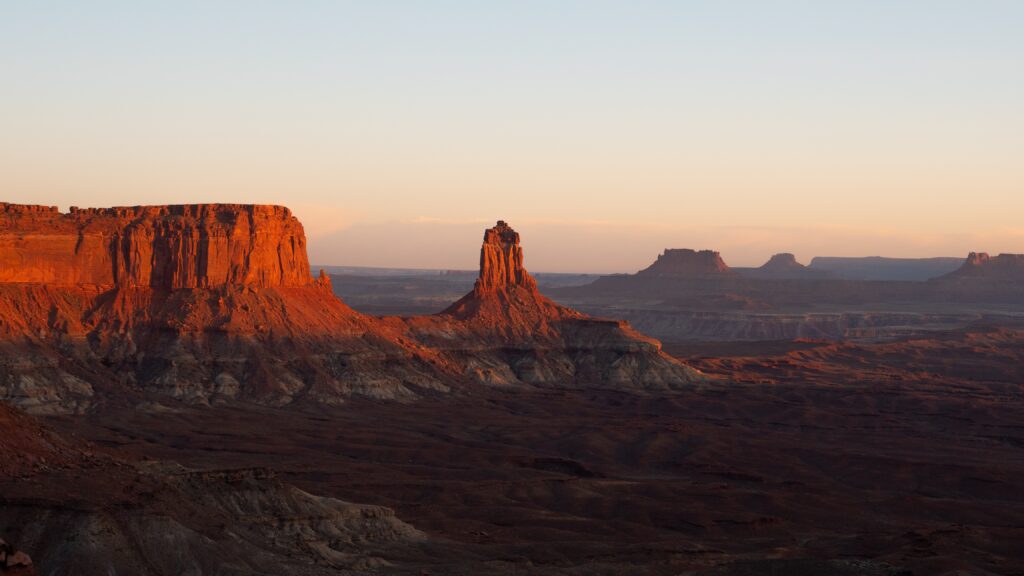
One of the most remarkable aspects of visiting Canyonlands in winter is the solitude you’ll find. While the park can be bustling during the summer months, the winter season offers a sense of calm and tranquility that’s perfect for introspection and mindfulness. The hushed desert landscape covered in snow invites you to embrace the moment and connect with the natural world around you.

Winter at Canyonlands National Park brings a unique experience, and for those venturing to the Needles District during this season, it’s important to be well-prepared for the changes in services and conditions. The Needles Visitor Center, a hub of information and assistance for visitors, takes a seasonal break from late November until early March. So, before setting off on your winter adventure, it’s essential to plan ahead.
First and foremost, plan to obtain any necessary permits in advance. The temporary closure of the Visitor Center during the winter months means you won’t have the convenience of acquiring permits on-site. Luckily, online options are available, allowing you to secure permits from the comfort of your own home.
While the Visitor Center may be closed, you’ll find a payphone available for emergency services should the need arise. Park rangers continue to patrol the area during the winter, ensuring your safety and providing any essential assistance.
One vital consideration for a winter visit to the Needles District is water. Although the Visitor Center is closed, you can access water outside the facility. However, it’s advisable to bring all the water you’ll need for your trip, as the services in this remote area are limited.
For those planning a visit to the Needles District, it’s worth noting that services become scarce as you venture deeper into the park. The nearest gas station is over an hour away in Spanish Valley, and once you pass this point, there are no further services. To ensure a comfortable and uninterrupted journey, bring along all the supplies you’ll need for the day.
The Needles Outpost, the primary service center near this area of the park, closes its doors over the winter months. So, stock up on essentials before heading to this remote and captivating region of Canyonlands National Park.
Finally, remember that permits are required for all overnight travel in the backcountry, as well as for day-use trips to Elephant Hill. Ensure you have the necessary permits well in advance to make the most of your winter adventure in the Needles District.
Captivating Mesa Arch in Winter
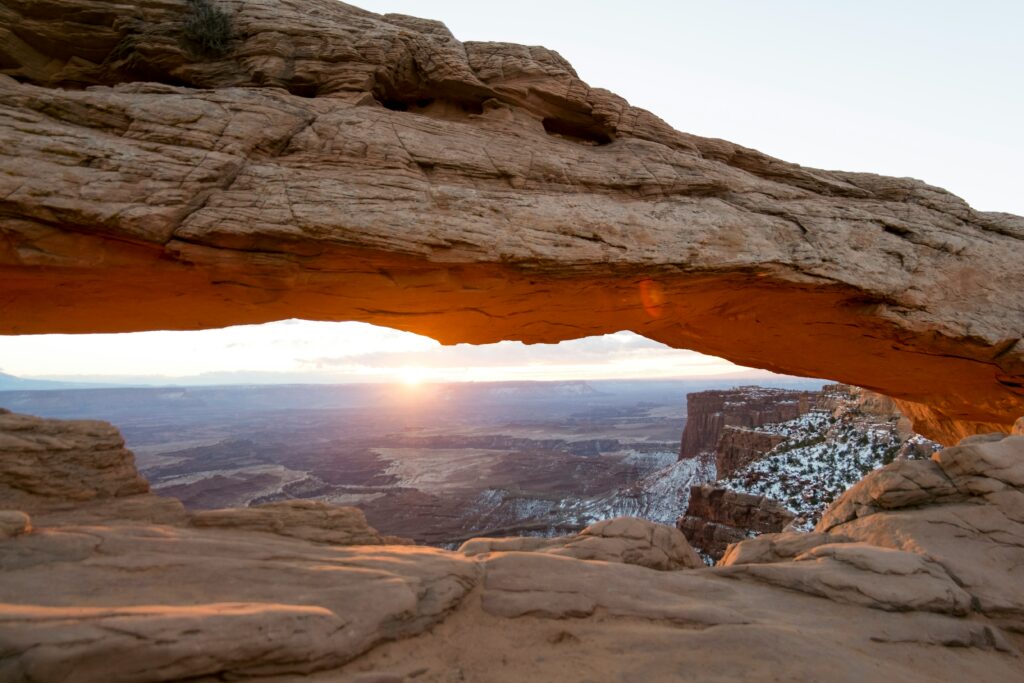
Picture this: Mesa Arch, a captivating feature nestled in the heart of Canyonlands National Park’s Island in the Sky district, where the first rays of sunrise paint the canyon walls with a mesmerizing sunburst effect. It’s a photographer’s dream, and the world knows it. In the bustling summer months, it’s not unusual to find a bustling crowd of up to 150 eager souls, all seeking that perfect shot.
But here’s the secret: In winter, Mesa Arch unveils a different kind of magic. The crowds thin out as the temperatures drop, and thanks to shorter days, you can afford a little extra snooze before your rendezvous with sunrise.
Now, winter photography requires a touch of preparation. Wrap up warmly with those trusty duty gloves to shield your hands from the cold. Keep a steaming thermos of your favorite hot beverage close to chase away the winter chill. Oh, and a little tip: Tuck those spare camera batteries near your chest to keep them toasty and raring to go.
Don’t be fooled, though. Even in winter’s embrace, solitude can be elusive. To snag the perfect spot for your tripod and capture that epic sunrise, set your alarm at least an hour before dawn. The shooting itself will likely take another half hour to an hour, so plan for a total visit of around three hours.
Snowshoeing Amidst the Towers of Stone
If you’re looking for a unique way to experience Canyonlands in winter, strap on some snowshoes and venture into a world transformed by snow. Snowshoeing allows you to explore areas of the park that are otherwise inaccessible during this time of year, turning your visit into a one-of-a-kind adventure.
Island in the Sky, with its towering mesas and deep canyons, is a fantastic place to embark on a snowshoeing journey. Trails that are popular for hiking in the warmer months take on a serene and magical quality when blanketed in snow. Imagine walking through a silent landscape, with only the sound of your own footsteps and the occasional whisper of the wind.
One of the top snowshoeing routes is the Syncline Loop Trail. This moderately strenuous trail takes you through a maze of canyons and offers breathtaking views of Upheaval Dome. The experience of crunching through the snow while surrounded by the park’s iconic red rock formations is simply unforgettable.
Don’t worry if you’ve never snowshoed before; it’s relatively easy to pick up, and there’s no shortage of guided tours available. Rangers often lead snowshoe walks where you can learn about the park’s unique winter ecology while enjoying the tranquility of the snow-covered landscape.
Keep in mind that snowshoeing requires some physical effort, so dress warmly in layers, wear sturdy boots, and carry essentials like water and snacks. As you explore this winter wonderland, you’ll gain a new appreciation for the beauty and solitude of Canyonlands National Park in its quieter season.
Capturing the Desert Winter Beauty
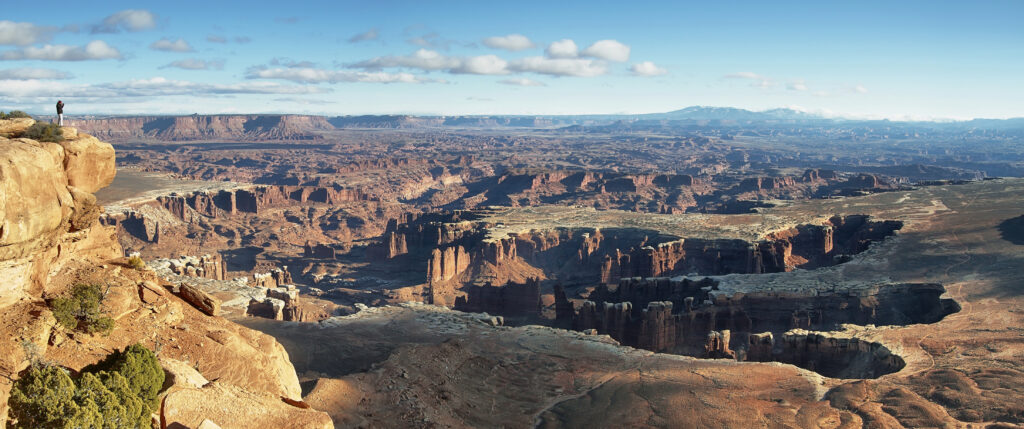
Winter in Canyonlands doesn’t just offer an incredible adventure; it’s also a photographer’s dream come true. The stark contrast of snow against the deep red rocks and brilliant blue skies creates a visual spectacle that begs to be captured.
Sunrise and sunset are prime times for photography in Canyonlands. The soft, warm hues of the early morning and late afternoon light cast a magical glow on the landscape. Head to iconic spots like Mesa Arch or Grand View Point for that perfect sunrise shot. Mesa Arch, in particular, is famous for its “sunburst” effect as the sun peeks through the arch, casting an ethereal light on the canyons below. In winter, the crowds are thinner, so you’ll have more space to set up your tripod and frame that unforgettable shot.
During the day, explore the park’s varied terrain. From the snowy cliffs of Island in the Sky to the labyrinthine canyons of the Needles District, you’ll find endless opportunities for unique compositions. The crisp winter air enhances visibility, making distant formations appear sharper and more defined. It’s the ideal time to capture the intricate details of the canyons and the play of light and shadow on the rocks.
Don’t forget to pack extra camera batteries and keep them close to your body to maintain their charge in the cold. It’s also a good idea to bring a sturdy tripod for those long-exposure shots. And while you’re focused on the grand vistas, keep an eye out for the smaller, more intimate scenes that can be just as compelling – a frost-covered cactus or a lone juniper tree in the snow can tell a captivating story.
Cozy Evenings and Stargazing
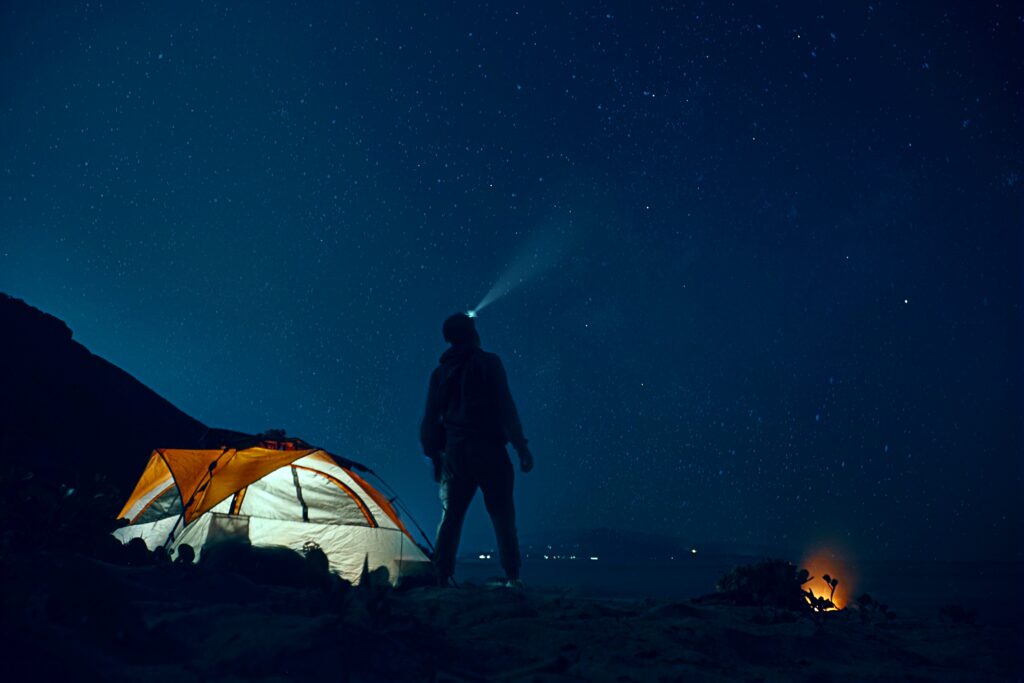
After a day of exploring the snowy wonders of Canyonlands, there’s nothing quite like cozying up for a quiet evening. Stay in one of the nearby accommodations in Moab, where you can enjoy warm meals and a crackling fire. As night falls, step outside to experience some of the best stargazing opportunities in the region. The clear desert skies, free from light pollution, reveal a mesmerizing tapestry of stars and celestial wonders, providing a perfect end to your winter adventure in Canyonlands National Park.
Top Books for Canyonlands National Park
Moon Arches & Canyonlands National Parks: Hiking, Biking, Scenic Drives
“Moon Arches & Canyonlands National Parks” by W.C. McRae and Judy Jewell is your one-stop guide to exploring the awe-inspiring landscapes of southeastern Utah. Packed with flexible itineraries, detailed hike descriptions, and insider tips, it helps you craft the perfect adventure, whether you’re scaling Delicate Arch, rafting the Colorado River, or unearthing hidden Ancestral Puebloan ruins. With expert advice on everything from where to stay and what to pack to navigating the crowds, this book ensures you won’t miss a thing in this land of red rock wonders.
National Geographic Trails Illustrated Map, 210 Canyonlands UT
A treasure trove for outdoor adventurers, National Geographic’s Trails Illustrated map of Canyonlands National Park unfolds a captivating tapestry of canyons, rivers, and mesas. Packed with meticulous detail and expert insights, it seamlessly blends practical information like trails, campgrounds, and elevations with captivating narratives about the park’s archaeology and backcountry safety. Whether you’re navigating the labyrinthine canyons by foot or exploring the winding rivers by boat, this map equips you with the knowledge and confidence to fully immerse yourself in the mesmerizing beauty of Canyonlands.

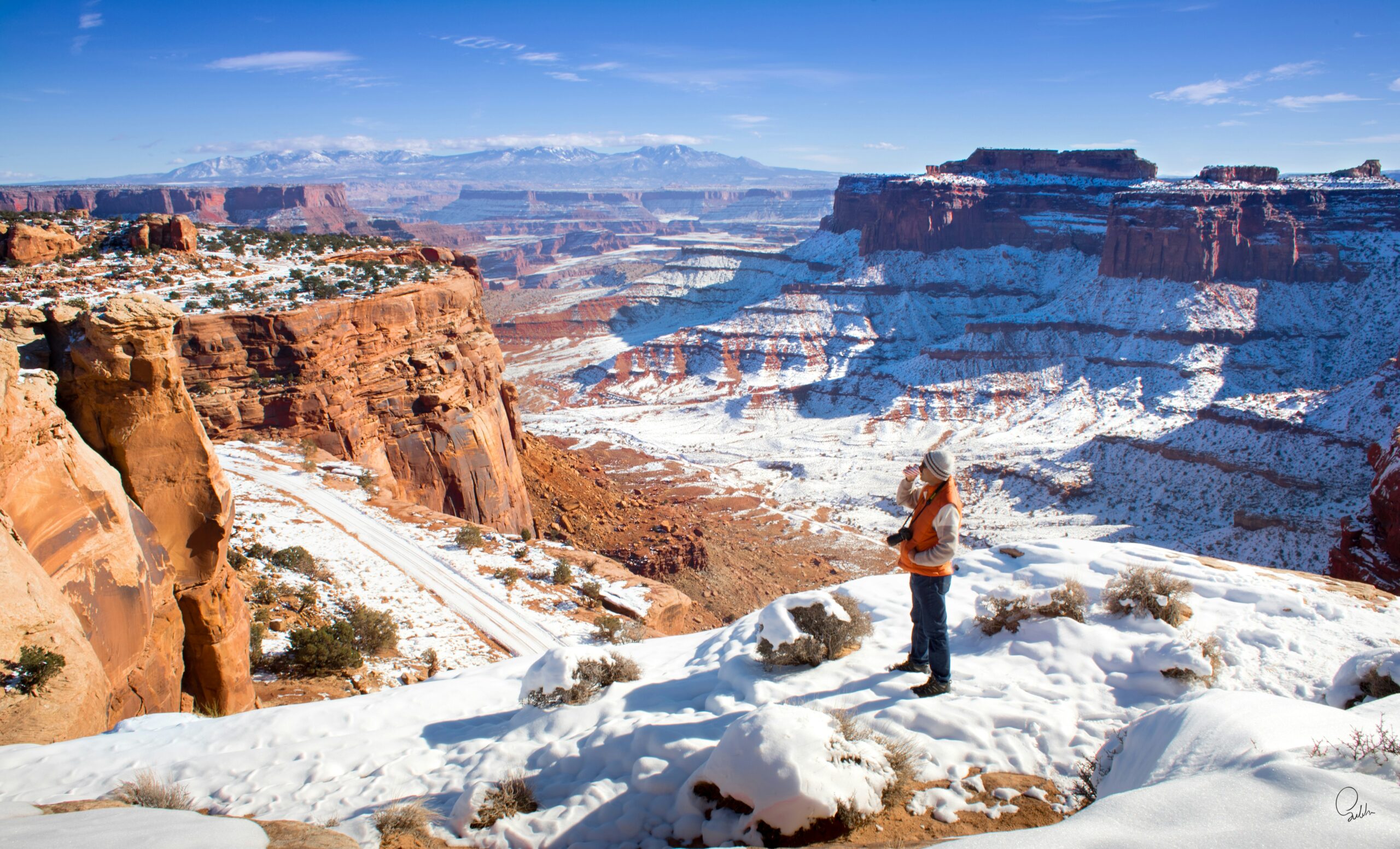
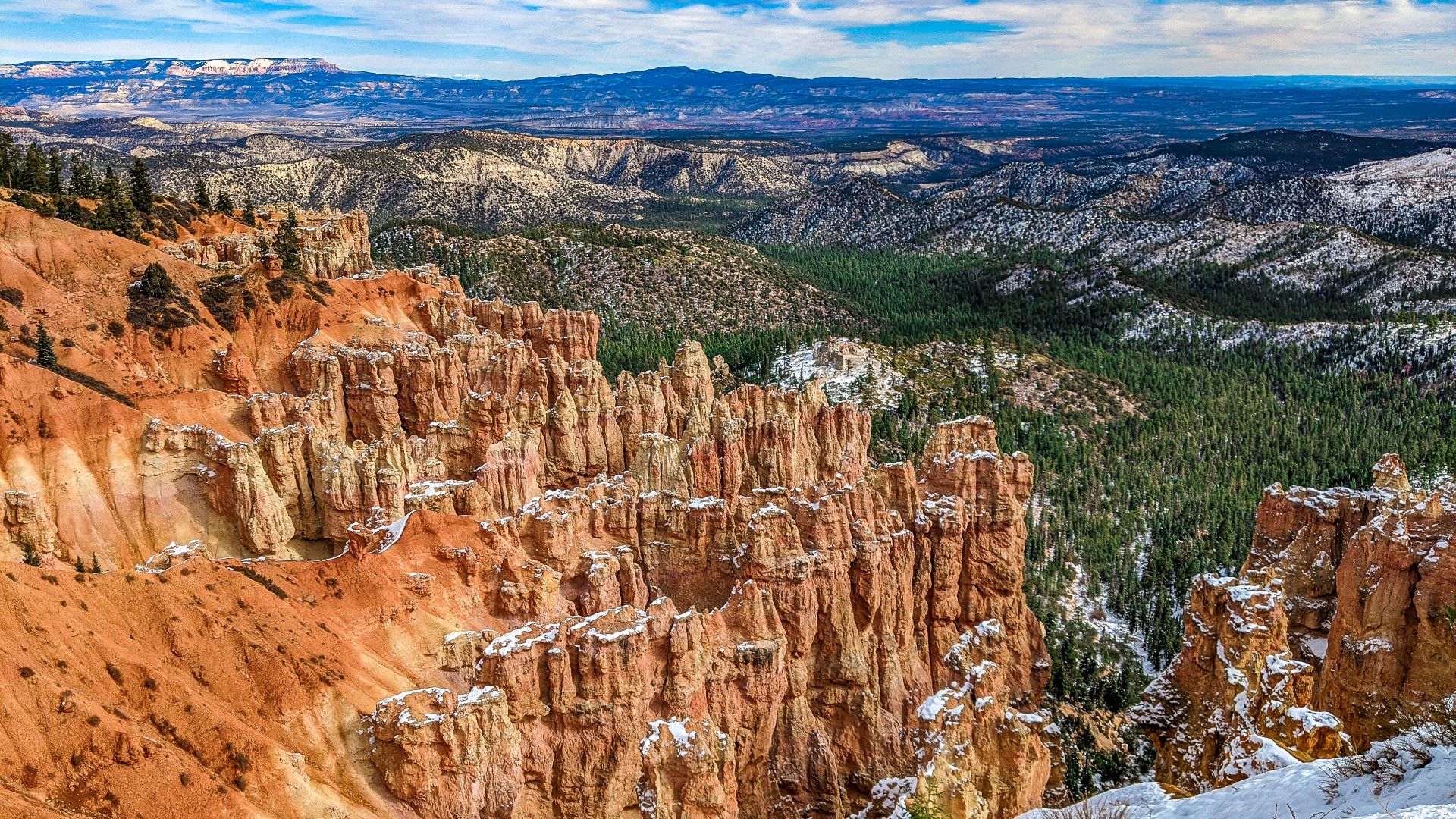
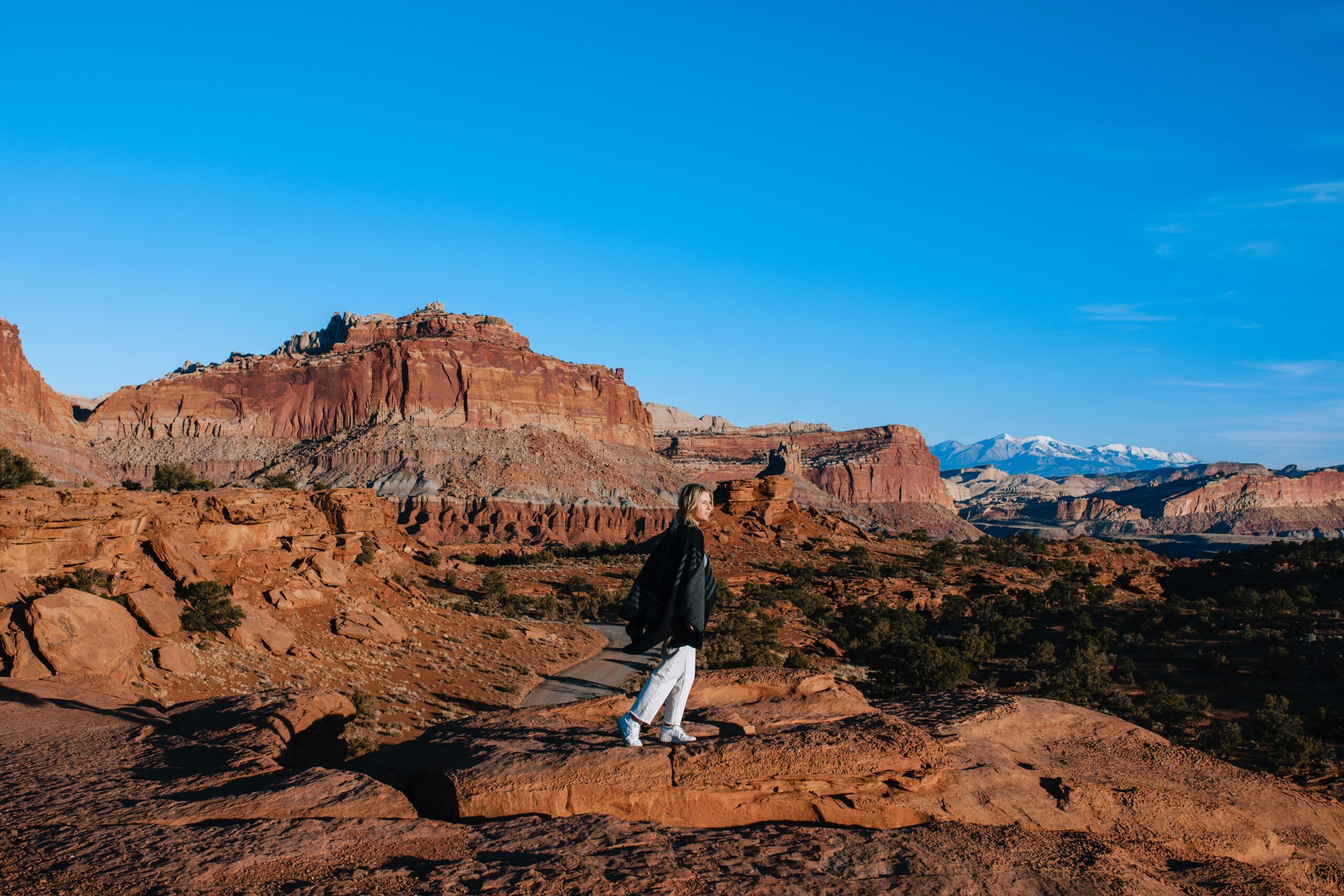
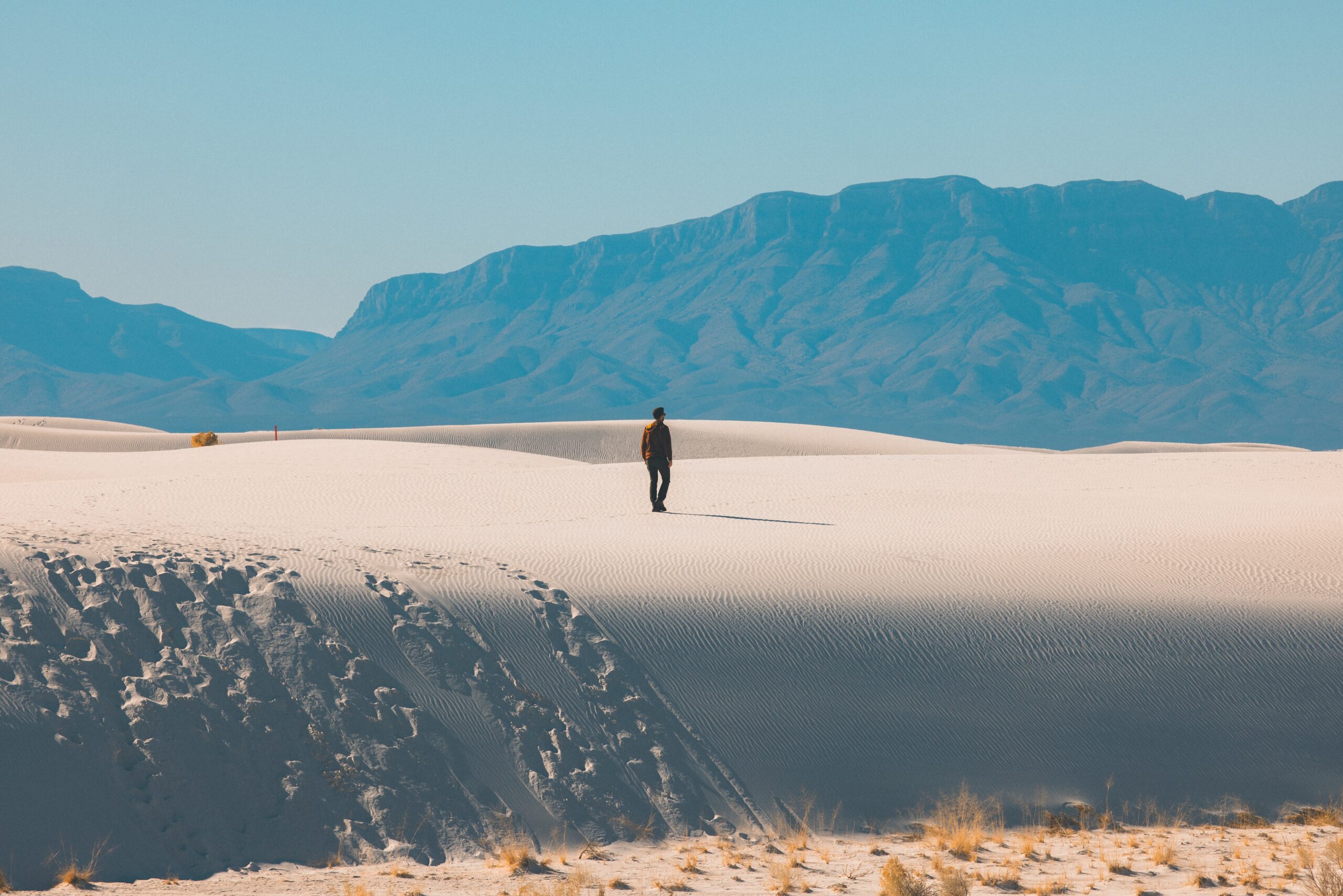
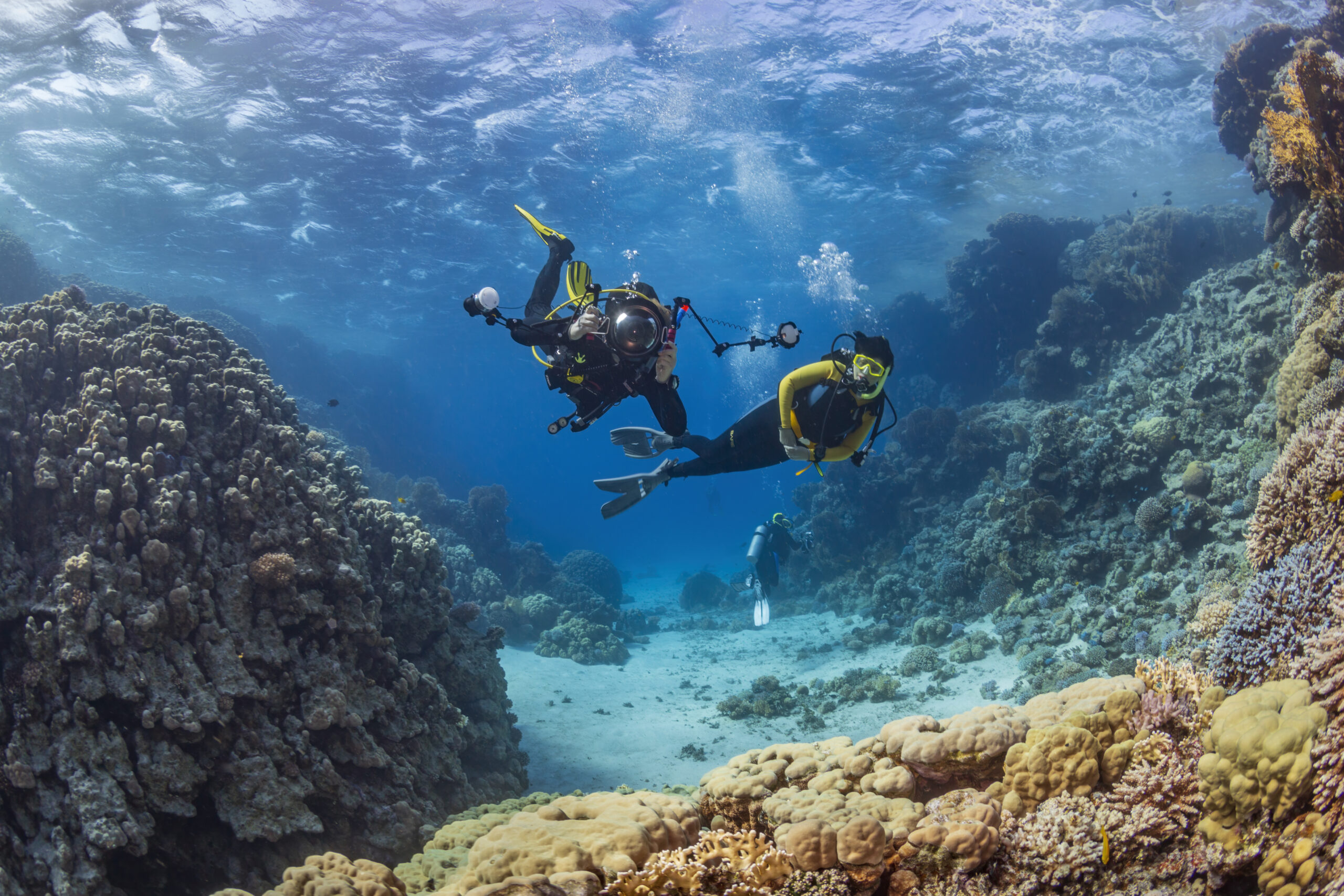
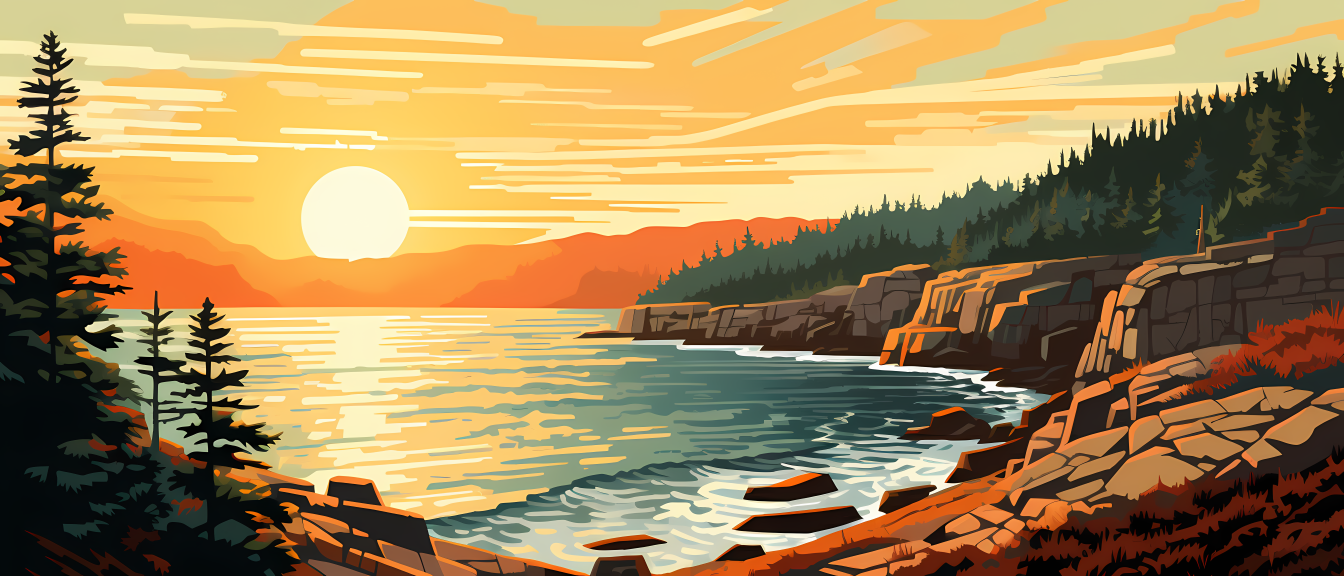
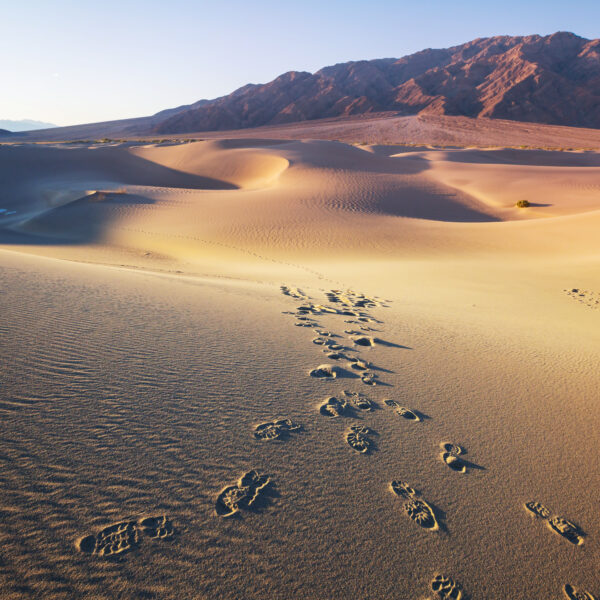
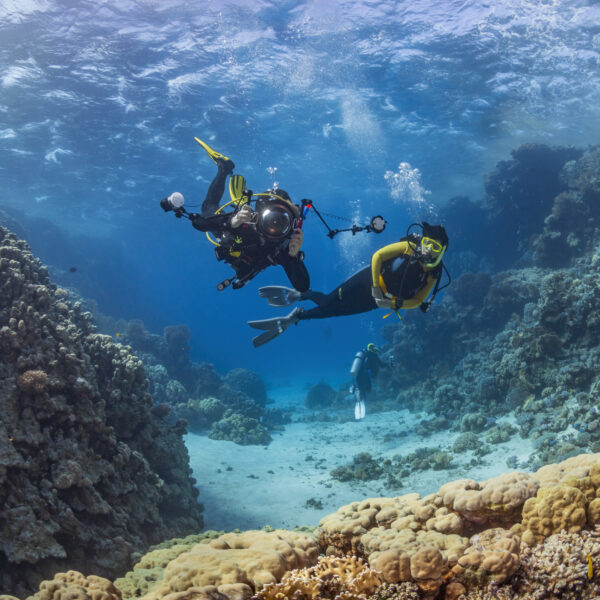
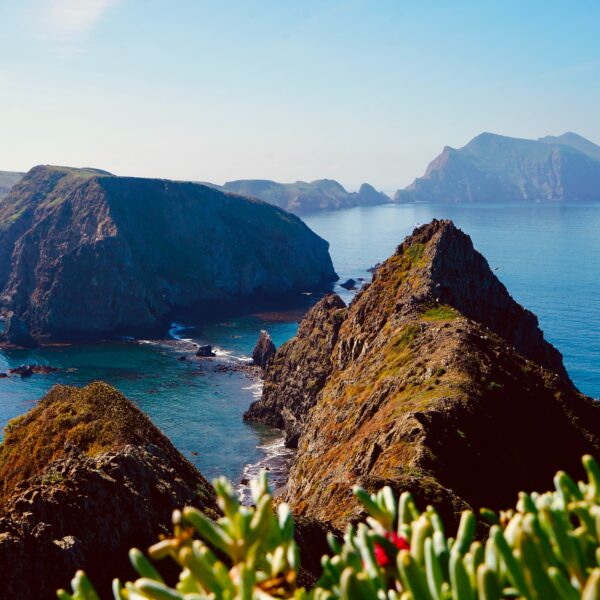
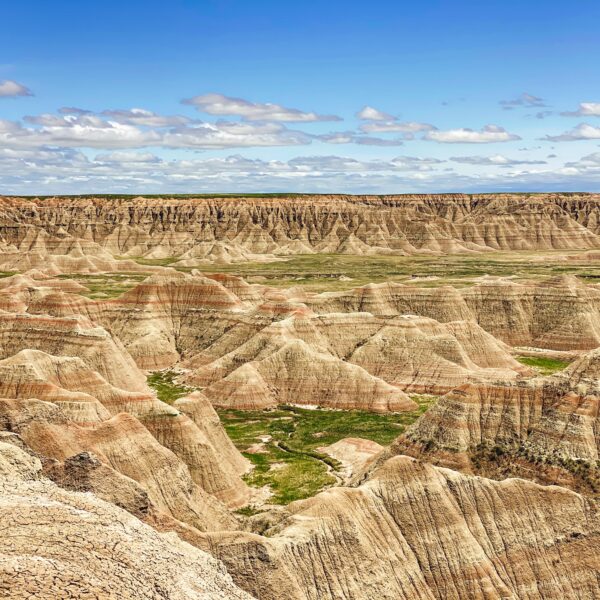
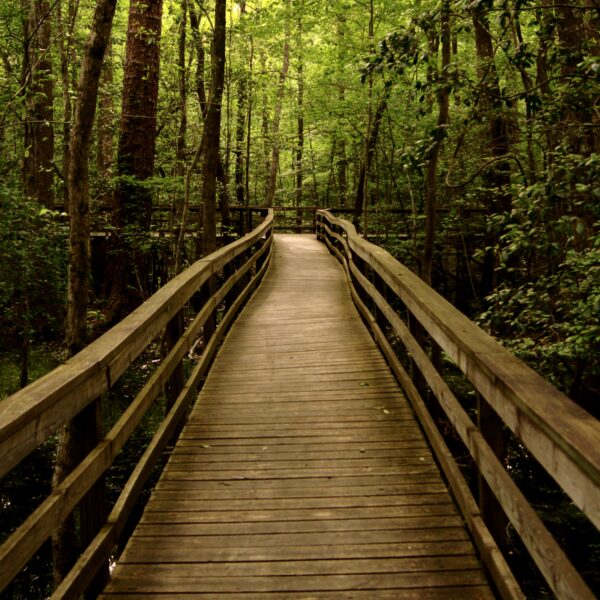
This work has an elegant simplicity to it, yet it holds layers of depth beneath the surface.